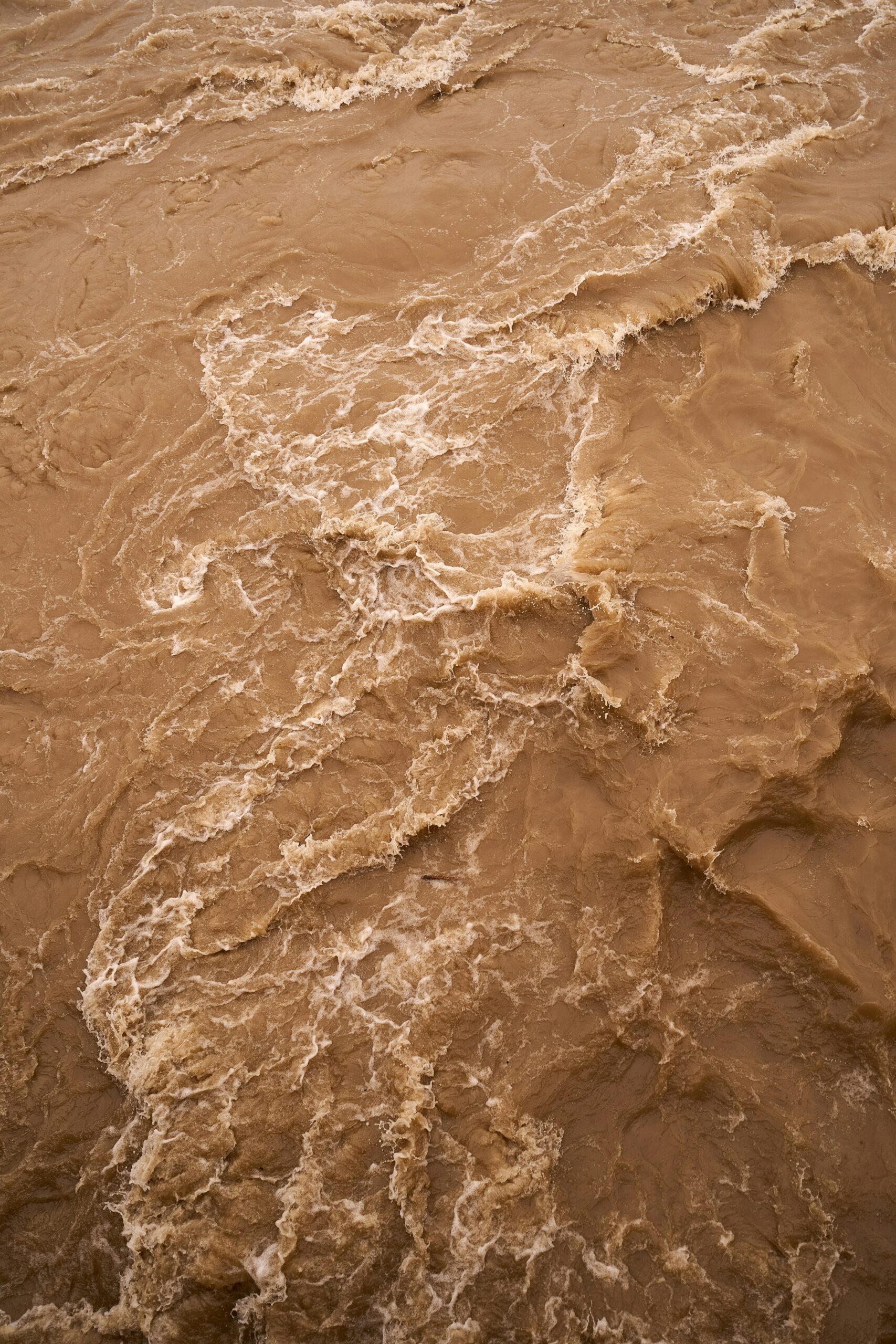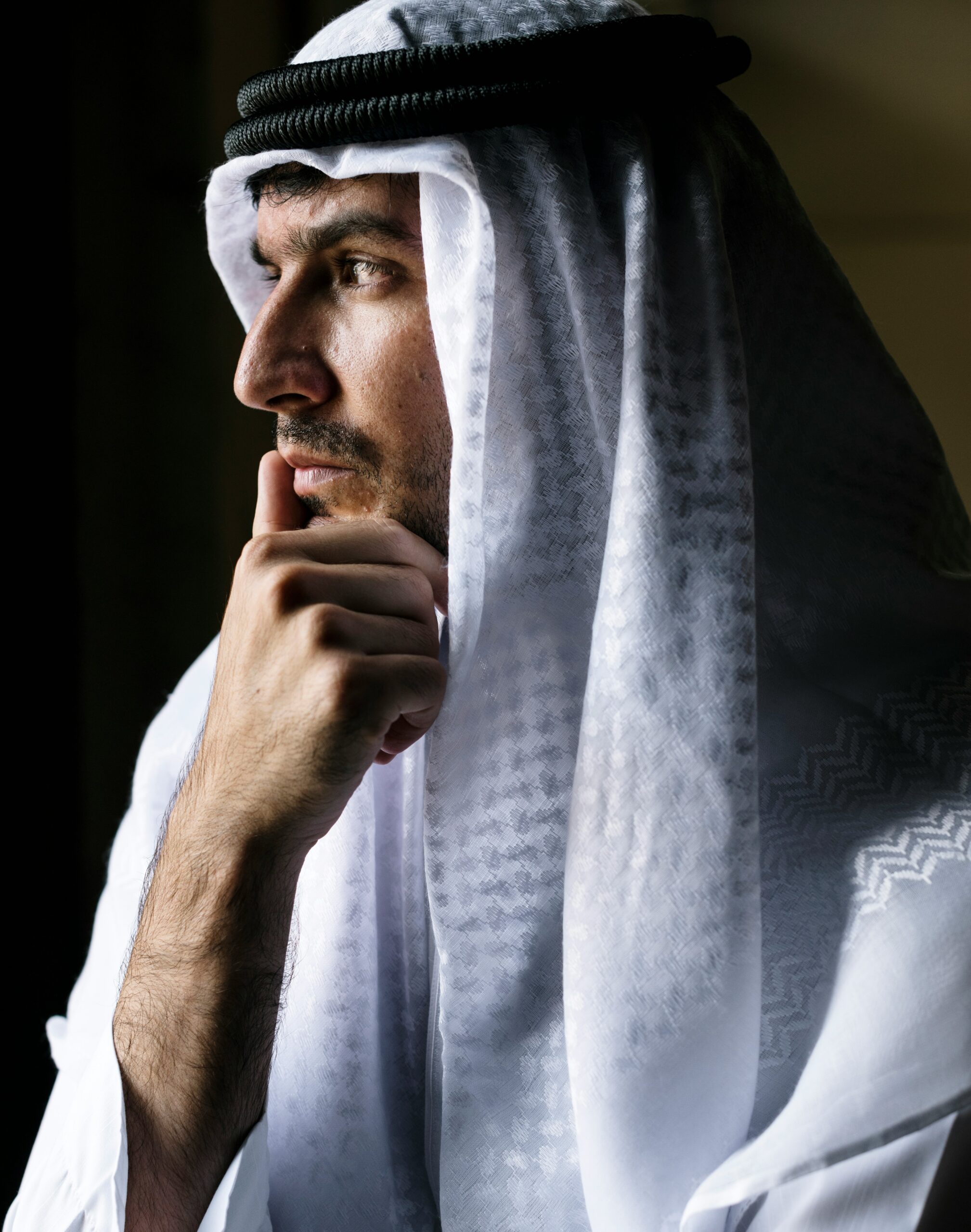The collapse of dams has brought destruction upon the Derna area. Let’s explore what developments this triggered in the country.
Situation
The night of September 10 to 11 will be tragically remembered in the history books of Libya. Sadly, the few hours of horror and destruction were only the culmination of decades-long negligence by the full spectrum of the political elite that did not cease to inexcusably oppress the fundamental needs of the people even in the succeeding months. Cyclone Daniel brought an immense amount of rain to Northern Libya, and the persisting storm collapsed two dams through which approximately 30 million cubic meters of floodwater caused massive destruction to the infrastructure of the region, including Derna, Albayda, Soussa, Al-Marj, and Shahhat, leaving entire neighborhoods under water, sweeping away bridges and buildings. A joint report published by the World Bank, the United Nations, and the European Union four months after the catastrophe stated that the disaster affected the lives of about 1.5 million people (22% of the total population) and caused the death of 4,352 citizens with 8,000 still missing. Subsequently, it has also led to a steep increase in suicide rate – with treatments for improving mental state only loosely or not at all addressed by the operating medical institutes of the country – while more than 1,000 families were forced to be displaced in other cities (UNOCHA, 2023). On another layer, the physical damage was measured at $1.65 billion, which is the equivalent of about 3.6% of Libya’s gross domestic product in 2022.
Complication
In reality, this event as sad and unjust as it may be, only constitutes the symptom or materialization of a historically embedded and organizationally upheld problem. Namely, the two dams that were built during the 1970s under the Qadhafi regime to control flooding while also providing water to the community were not properly maintained even under the rule of the former dictator. The critically increasing need for reparations failed to be satisfied by the rapidly replaced decision-makers of the divided Libya as well. Additionally, the curfew imposed by municipality authorities the day prior to the disaster reflected a total lack of competence as well as negligence towards the opinions of professionals.
Post-Catastrophe Events
In the direct aftermath of the events, international aid emerged from various parties (UN, EU, Turkey, Egypt, etc.) which aimed at providing the fundamental supply to the population. The European Union itself offered humanitarian funding in the amount of 5.2 million euros, while similar support was promised by the US, the UK, Canada, Australia, Turkey, Qatar, the UAE, and Egypt. The persisting challenge, though, is the involvement of all relevant parties to manage short-term tasks but also to tackle problems of longer scope. The Libyan government’s support – combined with international partners, civil society, and localized decision-making – would be crucial in mitigating the hardships of people through rapid restoration. In the subsequent months, a criminal investigation commenced against 16 individuals in relation to the poor management and maintenance of the dams, out of which 8 have been arrested to date; corruption remains an issue in Libya which also affects related actions. Both governments have officially allocated billions of USD to support reconstruction but no clear guidelines or strategies on the spending were announced.
In November, the House of Representatives (Tobruk Government) organized a two-day conference for the reconstruction of the region, where more than 160 international companies from 26 countries (USA, UK, France, Portugal, Romania, Bulgaria, Belarus, China, Russia, Turkey, UAE, Tunisia, Jordan, Egypt, etc.) participated. By early 2024, Global Contracting, an Emirati company signed a deal with the established Derna Reconstruction Fund – in which Belgassim Haftar, the son of Eastern Libya’s warlord holds the position of executive director while his brother Saddam oversees rescue efforts and coordinates aid delivery – for a group of large projects involving the development of infrastructure, renovation, sewage treatment plants, desalination plants, obstruction plants and an integrated canal. A similar deal for a group of comprehensive reconstruction projects was reached with the Egyptian state-owned Arab Contractors company. At the same time, supporters of the Tripoli-based Government of National Unity signed multiple contracts with parties from Turkey and Qatar and made pledges to the Central Bank. What stems from these actions is that the exact same alliances that existed before the dams collapsed have been applied to this new context as well.
In other words, foreign interests materialize alongside the same “trenches” as before. Recently, there have been reports on a reemerged discussion between Moscow and General Haftar concerning air technical supplies as well as training of pilots in exchange for opening Libyan ports to Russian Naval forces – a topic that has long been on the geostrategic agenda. Geographic reasons have also been at the center of the UAE proposal for reconstruction as the delegation focused on a comprehensive strategy addressing the causality of previous mistakes but also looking forward with clear development plans.
Conclusion
There is no debate among experts that regardless of political developments, rain will need to be managed in Libya, especially considering recent tendencies in the context of global warming. This has added a new dimension to Libya’s internal struggle, even though annual average temperatures have been on the rise in the whole region for the past decades. However, this not only concerns agriculture, food security and related infrastructure, migration from and through Libya might strengthen if proper steps are not taken. This poses a direct concern to European countries that may offer a wide range of support focusing on structural reforms and not merely on treatments on the surface. But for now, reconstruction of the Derna area will also be a stage of rivalries.


